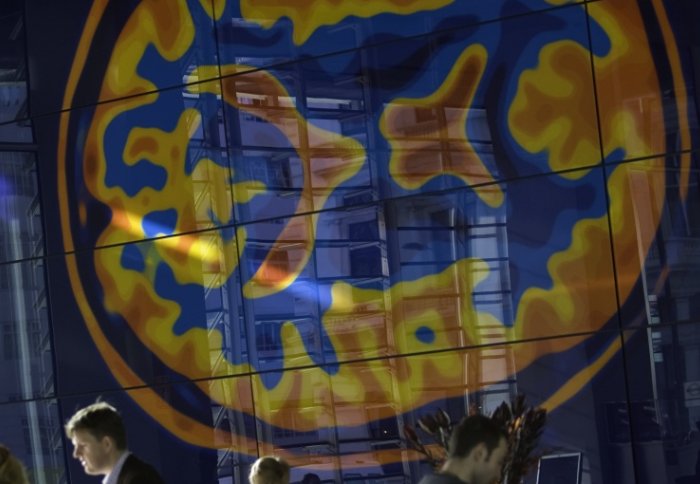Genes for autism and schizophrenia only active in developing brains

Genes linked to autism and schizophrenia are only switched on during the early stages of brain development, according to a new collaboration.
This new study adds to the evidence that autism and schizophrenia are neurodevelopmental disorders, a term describing conditions that originate during early brain development. It was carried out by scientists at Imperial College London, the University of Oxford and King's College London.
The researchers studied gene expression in the brains of mice throughout their development, from 15-day old embryos to adults, and their results are published in Proceedings of the National Academy of Sciences.
The research focused on cells in the 'subplate', a region of the brain where the first neurons (nerve cells) develop. Subplate neurons are essential to brain development, and provide the earliest connections within the brain.
'The subplate provides the scaffolding required for a brain to grow, so is important to consider when studying brain development,' says Professor Zoltán Molnár, senior author of the paper from the University of Oxford, 'Looking at the pyramids in Egypt today doesn't tell us how they were actually built. Studying adult brains is like looking at the pyramids today, but by studying the developing brains we are able to see the transient scaffolding that has been used to construct it.'
The study shows that certain genes linked to autism and schizophrenia are only active in the subplate during specific stages of development. The data analysis was designed by Dr Enrico Petretto, Senior Lecturer in Genomic Medicine at Imperial College London. Dr Petretto said: “We looked at the full network of genes in the brain to identify which pathways play a role in early brain development. This allowed us to find coherent clusters of genes previously associated with susceptibility to autism spectrum disorders or schizophrenia. These results provide a unique resource for our understanding of how gene behaviour changes in the mouse subplate from the early embryonic stage to adulthood. This means we are better equipped to investigate how the gene network changes in the developing brain and identify any links with neurodevelopmental disorders.”
The team was able to map gene activity in full detail thanks to these new methods which allowed them to dissect and profile gene expression from small numbers of cells. This also enabled them to identify the different populations of subplate neurons more accurately.
Professor Hugh Perry, chair of the Medical Research Council’s Neuroscience and Mental Health Board, said: “By being able to pinpoint common genetic factors for neurological conditions such as autism and schizophrenia, scientists are able to understand an important part of the story as to why things go awry as our brains develop. The Medical Research Council’s commitment to a broad portfolio of neuroscience and mental health research places us in a unique position to respond to the challenge of mental ill health and its relationship with physical health and wellbeing.”
- Based on a news release from the University of Oxford
Reference
Article text (excluding photos or graphics) © Imperial College London.
Photos and graphics subject to third party copyright used with permission or © Imperial College London.
Reporter
Press Office
Communications and Public Affairs
- Email: press.office@imperial.ac.uk
